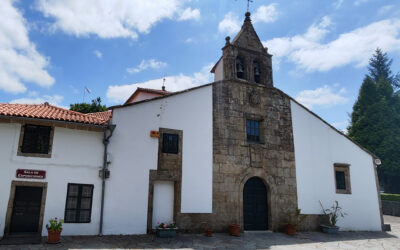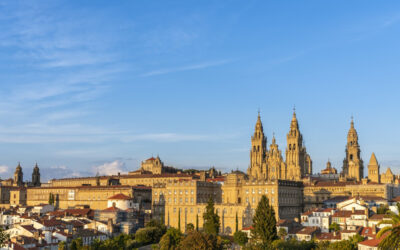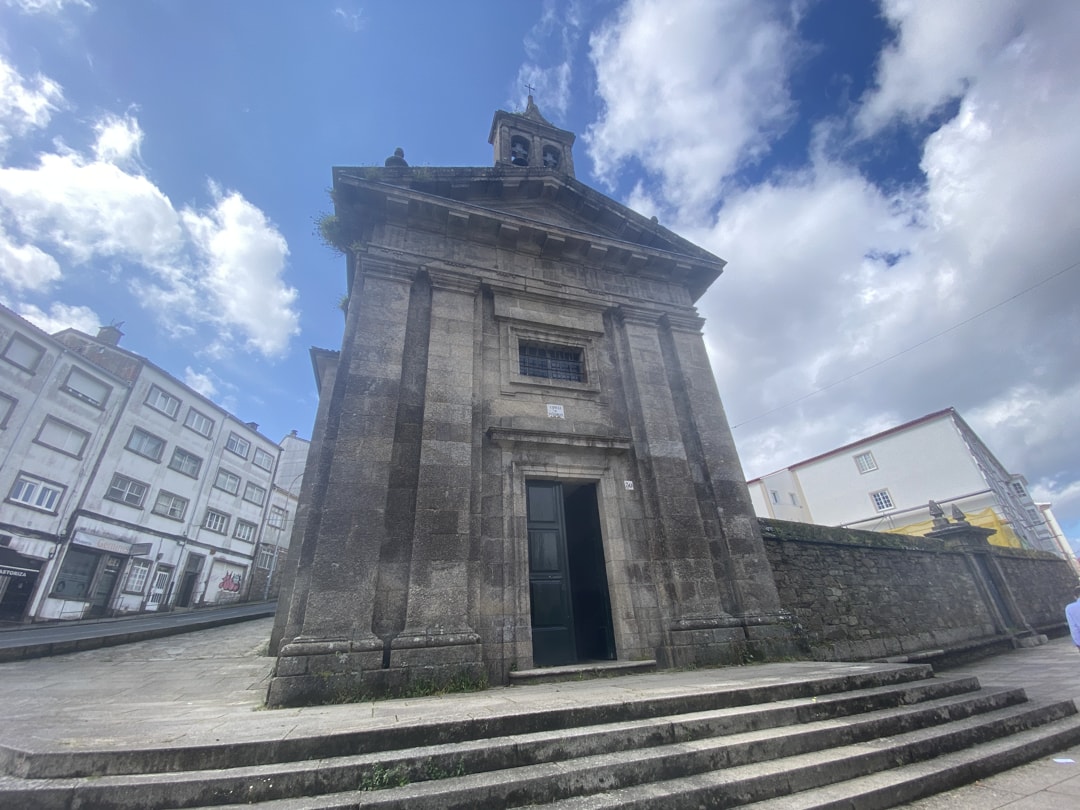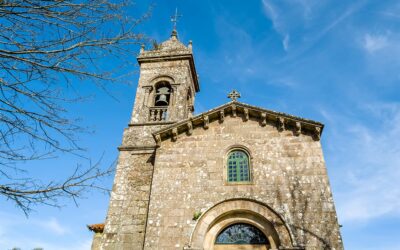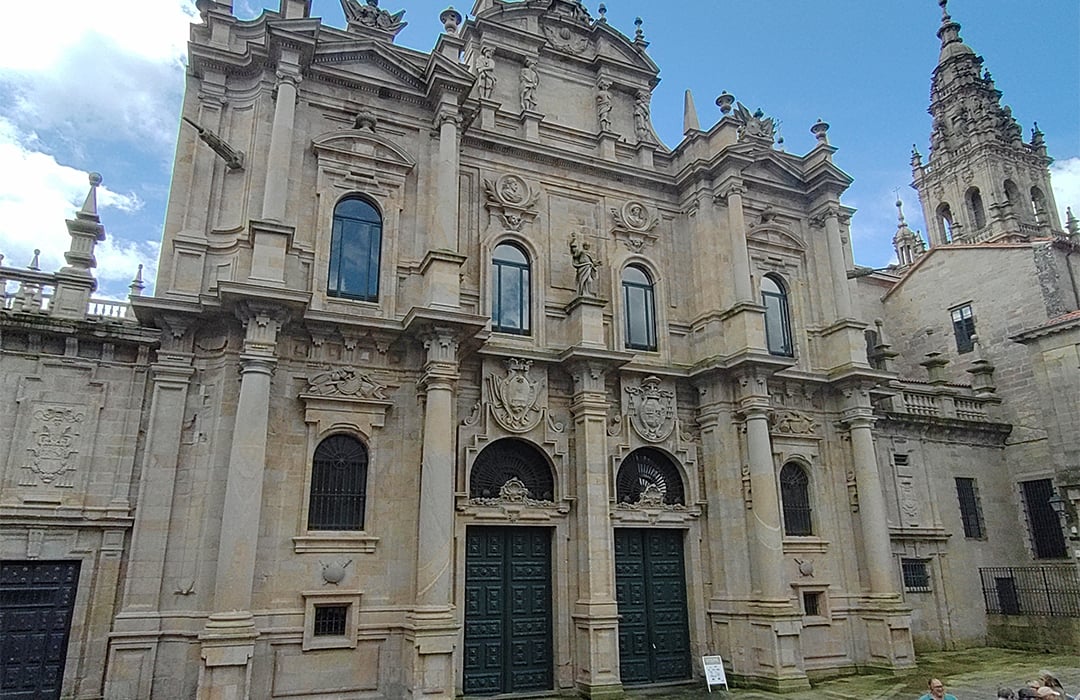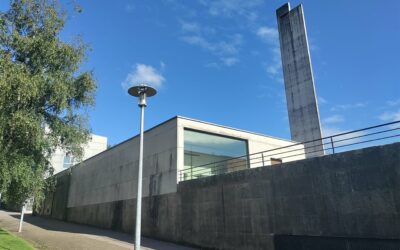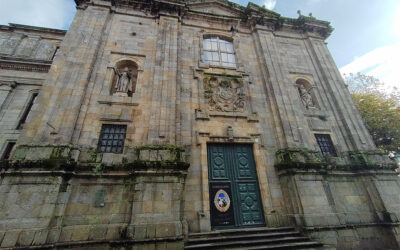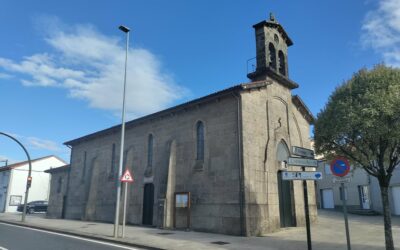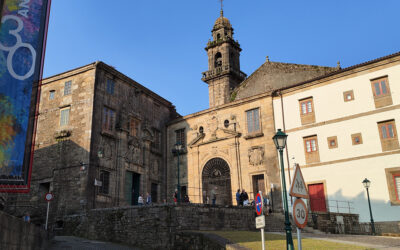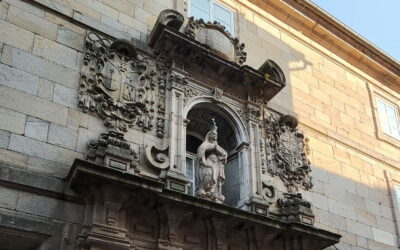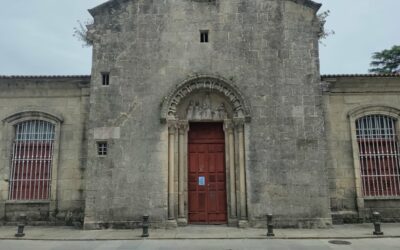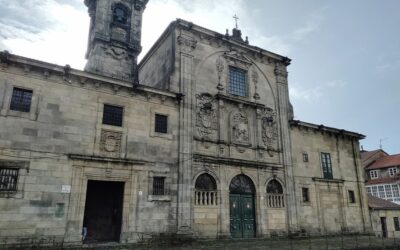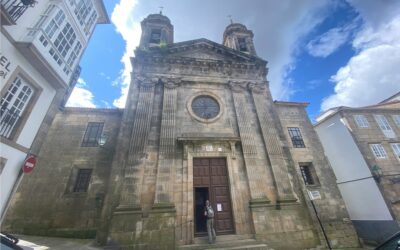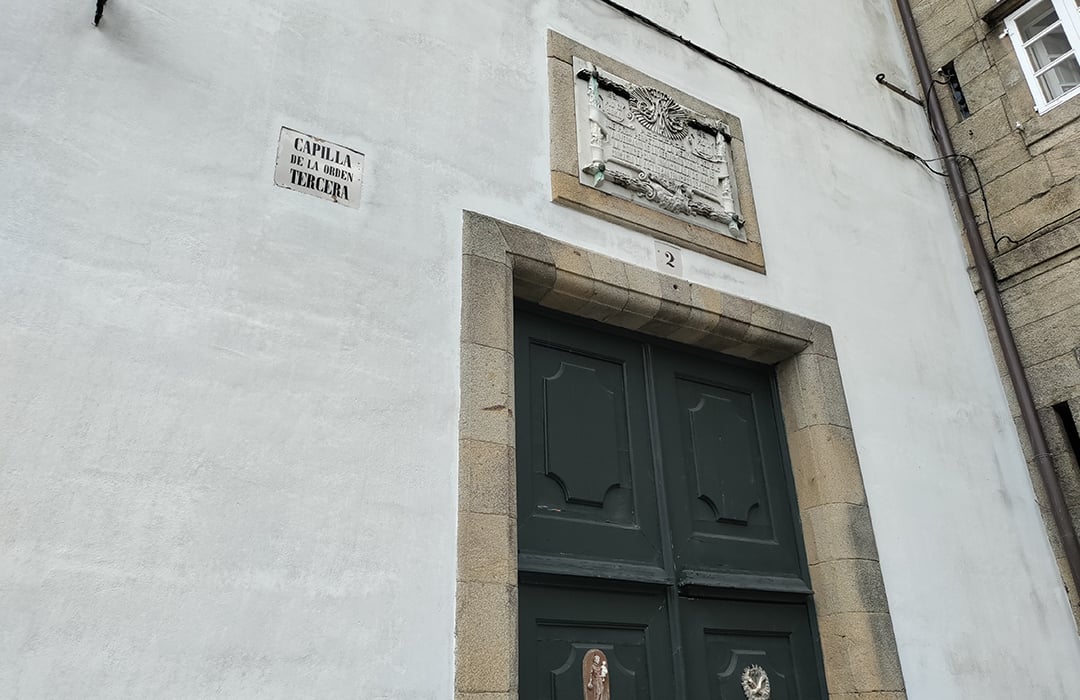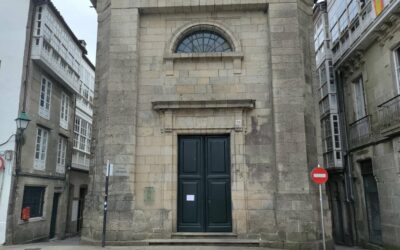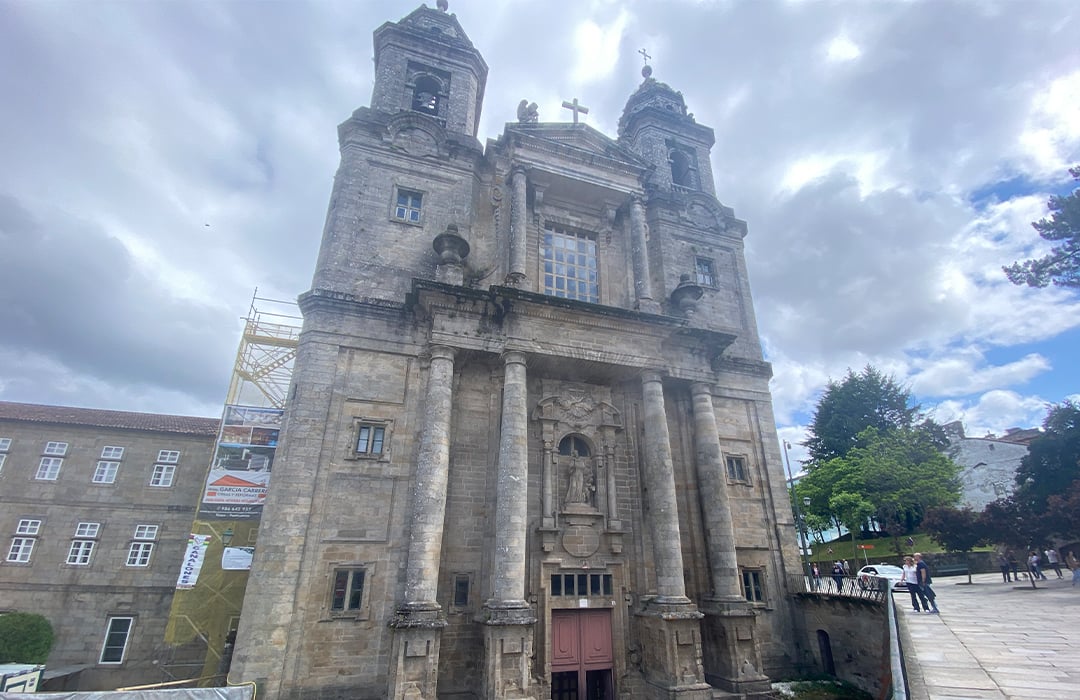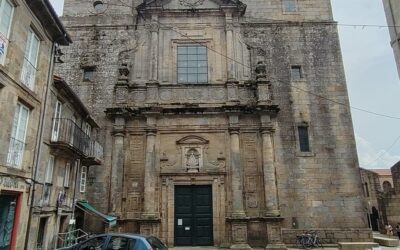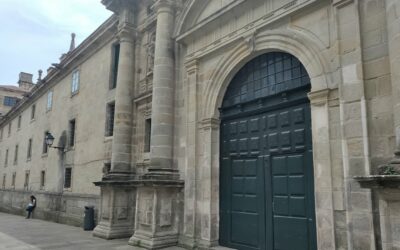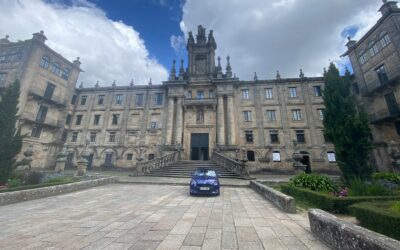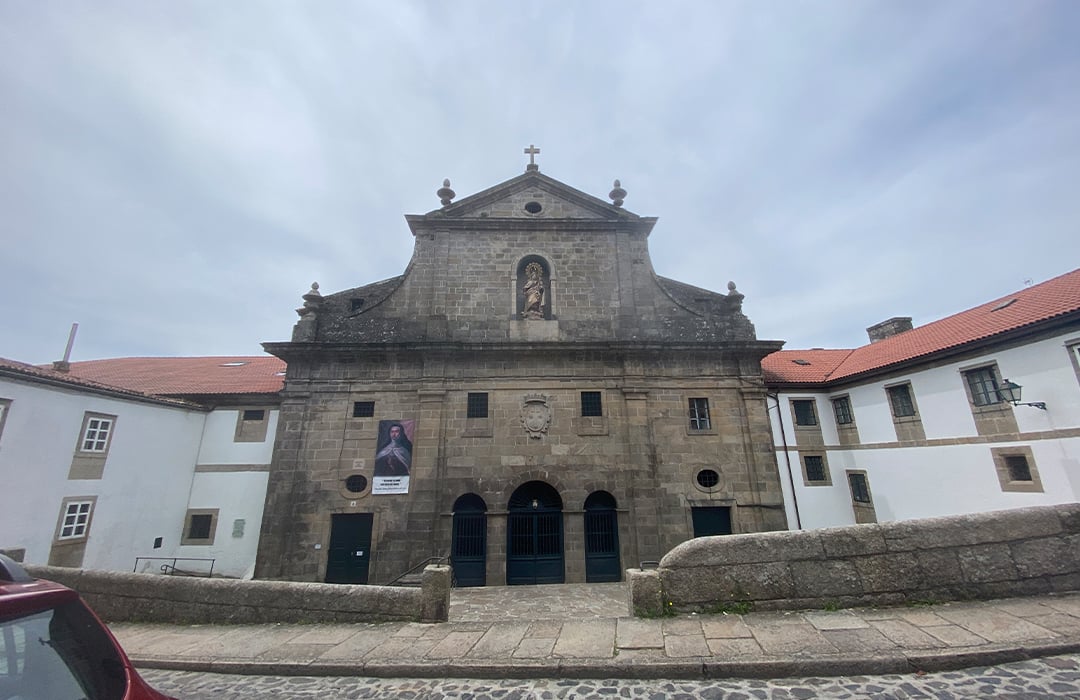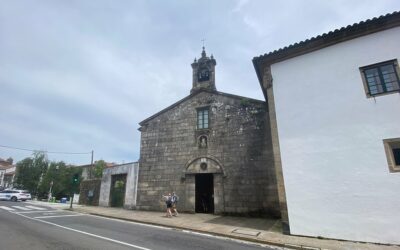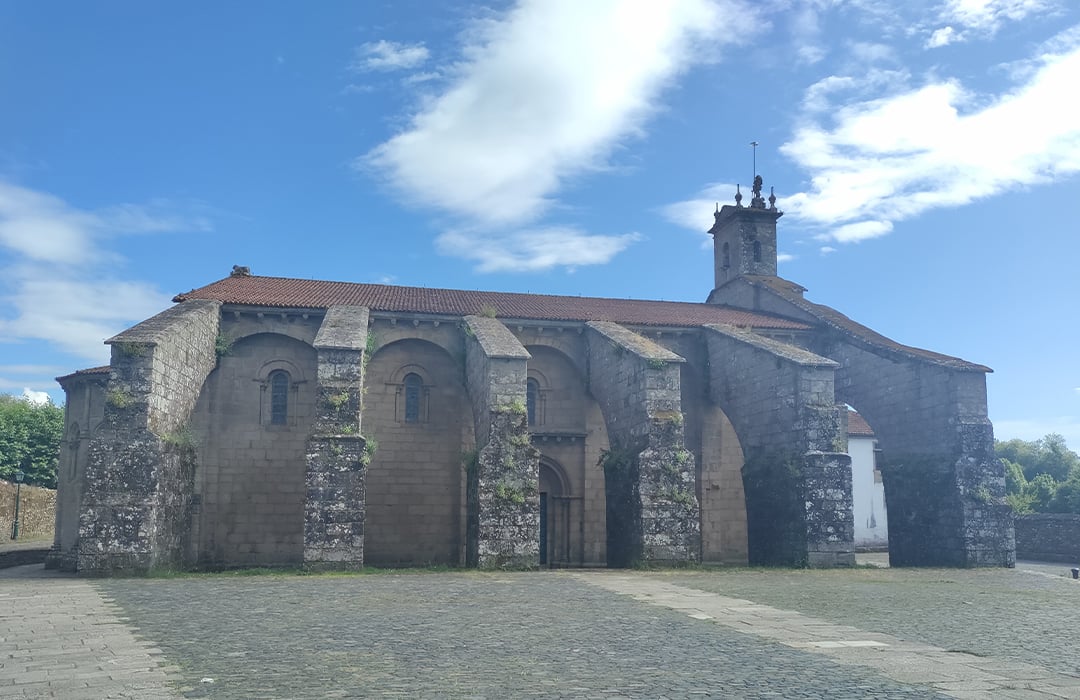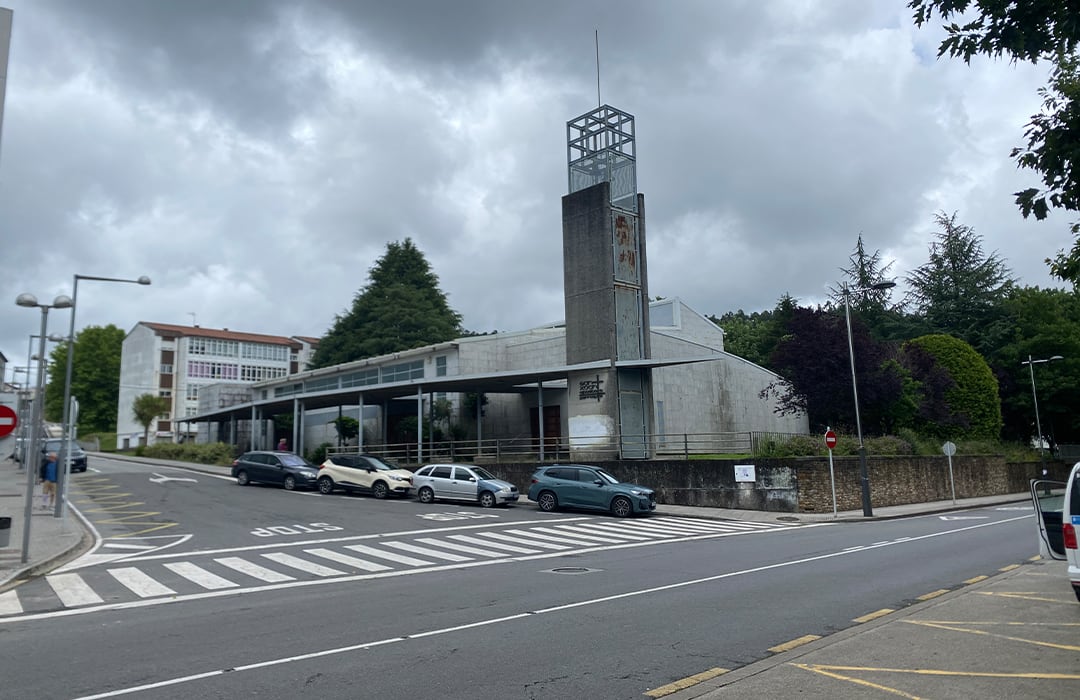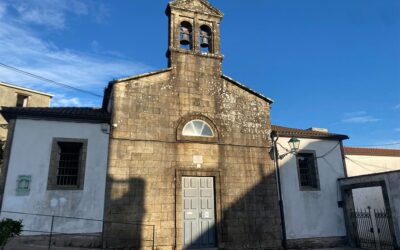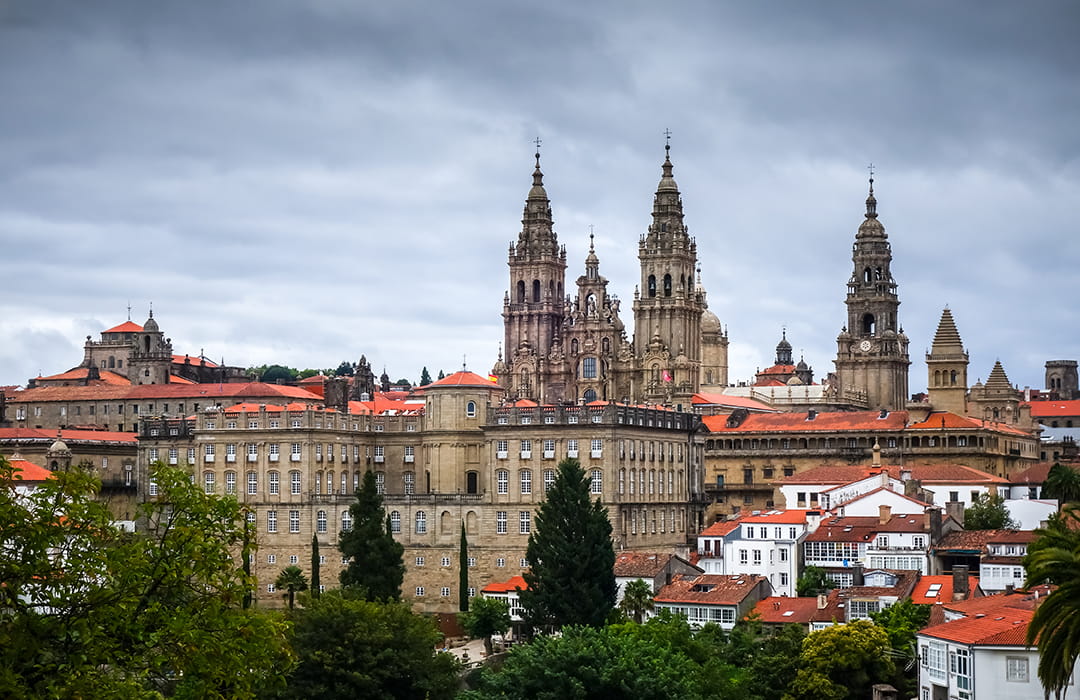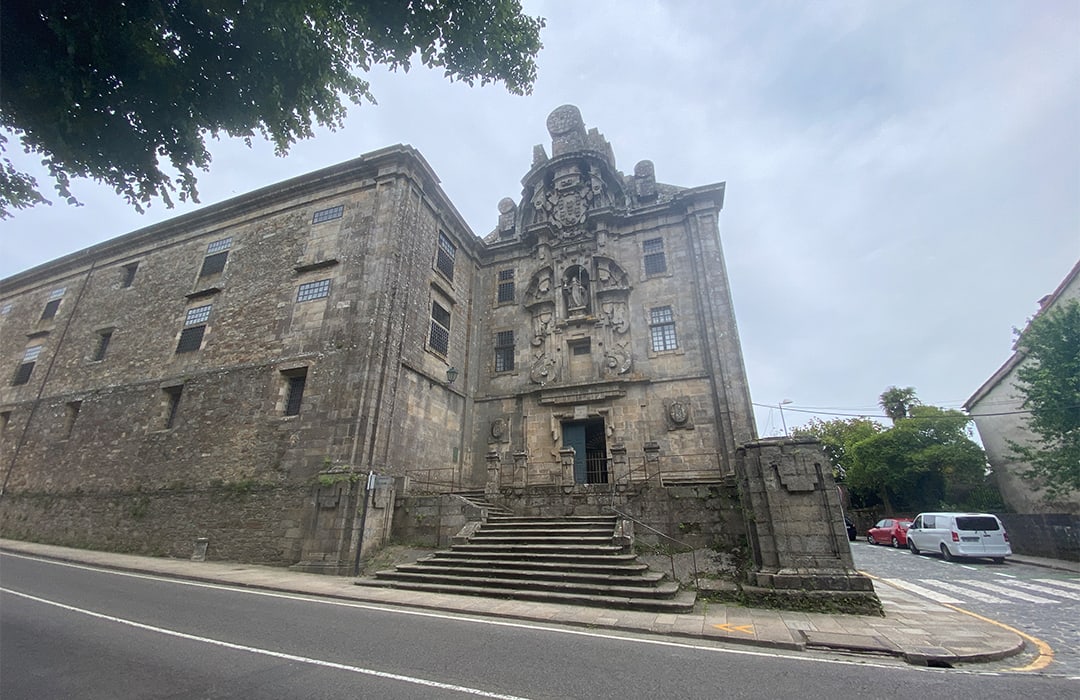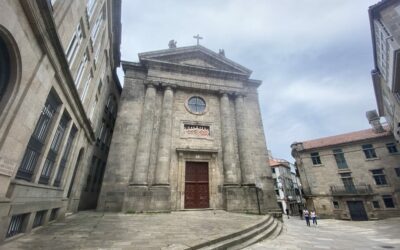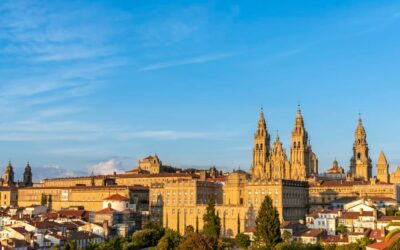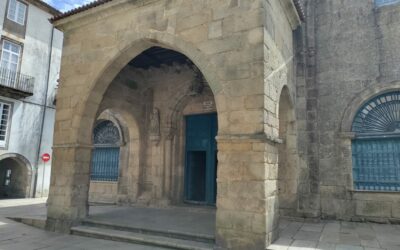The Church of San Caetano was founded by Captain Bartolomé de Verea y Vázquez and his wife Doña Ángela de Cora y Ponte y Andrade in 1701 and is a small architectural jewel in the city.
Museums
Parks
Churches
of interest
Gastronomy
San Fructuoso Church
The Church of San Fructuoso is also known as the temple of Angustias de Abaixo or Real Angustia and is located at the beginning of Rúa das Hortas.
Chapel of Nosa Señora da Pastoriza
The Nosa Señora da Pastoriza Chapel is a beautiful example of 18th century religious architecture. It was erected in 1761 and 1762 over an old hermitage, coinciding with the peak of baroque art in Spain.
Church of Santa Susana
The Church of Santa Susana is located in one of the most iconic sites of the city: the Alameda Compostelana, an area of great tourist affluence and one of the green spaces with more life and presence of the neighbors of Santiago.
Chapel of Santo André
The Chapel of St. Nicholas was a Romanesque jewel located on the north side of the transept of the Cathedral of Santiago. Because of its proximity to the Gate of Paradise, where pilgrims who completed the French Way entered, it became the parish of foreigners.
Santa Marta Church
The Church of Santa Marta is a chapel located on the outskirts of Santiago de Compostela. Pilgrims arriving in the city on the Portuguese route will find this hidden treasure to welcome them and enrich their pilgrimage.
Santo Antonio das Fontiñas Church
The Church of Santo Antonio de Fontiñas is one of the most recent temples of Santiago de Compostela. It was built in 2007, after several years of construction, and inaugurated by the mayor of the city at that time, Xosé Sánchez Bugallo.
University Church
The Church of the Company, also known as Iglesia da Universidade, was built by the Jesuits in the 17th century in Santiago de Compostela.
San Lazaro Church
Those pilgrims who arrive in the city entering through the San Lázaro neighborhood, will find on their way to the Cathedral of Santiago a very particular religious building: the Church of San Lázaro.
Church and Convent of San Domingos de Bonaval
The Church and Convent of San Domingos de Bonaval is one of the most important architectural and heritage sites in the city of Santiago de Compostela.
Parroquia da Nosa Señora a Antiga da Corticela Parish Church
In the heart of Santiago de Compostela, where the majestic and imposing cathedral stands, lies a hidden treasure that holds a fascinating history. The Parroquia da Nosa Señora a Antiga da Corticela, often overshadowed, is an architectural gem that deserves to be discovered and has witnessed centuries of history.
Pilar Chapel
The Pilar Chapel is an example of the predominant and most characteristic architectural style of Santiago de Compostela. It is one of the two chapels that exist in the Galician capital that carry the title of the Virgin of Pilar (the second is located in the Cathedral of Santiago itself).
San Fernando Parish
The Parish of San Fernando was formed in 1964 in the so-called Ensanche de Santiago de Compostela. Cardinal Archbishop Fernando Quiroga Palacios played a fundamental role in the creation of the parish of San Fernando.
Convent, Church and College of As Orfas
The architectural complex of As Orfas, consisting of the convent, the church and the school, represents an outstanding work of baroque style, whose origin dates back to the seventeenth century, and a clear example of the architectural paradigm of Santiago de Compostela.
Convent of Santa María de Belvís
The cloistered Convent of Santa María de Belvís, located in Santiago de Compostela, is a place with a rich history and a special charm. It was founded in the early fourteenth century by the friars of the neighboring Convent of Bonaval and was the first female convent that had the order of Dominican nuns in Galicia.
Church of Nosa Señora da Mercé de Conxo
The Church of Nosa Señora da Mercé de Conxo dates back to the time of Archbishop Diego Xelmirez and was built in the 12th century. The building, located in the Conxo district of Santiago de Compostela, currently houses the well-known Provincial Psychiatric Hospital.
Church of Nosa Señora da Fátima de Castiñeiriño
At one of the entrances to the city of Santiago de Compostela is the Church of Nosa Señora da Fátima de Castiñeiriño. This impressive building welcomes many of the pilgrims who come to the capital during their journey along the Camino de Santiago.
San Fiz de Solovio Church
The Church of San Fiz de Solovio, located near the iconic Mercado de Abastos in Santiago de Compostela, is one of the oldest churches in the Galician capital.
Mercedarian Mothers’ Convent and Church
The Convent of the Mercedarian Mothers, located in the Tránsito da Mercé neighborhood, was founded in the second half of the 17th century. Its location is exceptional, as the building was erected in front of the iconic Mazarelos Gate, the only one that remains of the old city wall.
Church of Santa María do Camiño
The Church of Santa María do Camiño is a temple of the Old Town of Santiago de Compostela, located at the confluence of Rúa Travesa and Rúa Oliveira. The construction dates back to the 18th century and is characterized by a predominant neoclassical style throughout its structure.
San Miguel dos Agros Church
The Church of San Miguel dos Agros is located in the vicinity of the Monastery of San Martiño Pinario, specifically in the Praza de San Miguel.
Terceira Orde Chapel
The Terceira Orde Chapel is a baroque temple built in the eighteenth century, located in a chapel adjacent to the former convent of San Francisco, where the Emperor Charles I held the Cortes of A Coruña in 1520.
San Bieito do Campo Church
The Church of San Bieito do Campo is the oldest temple in the Galician capital and is located in the Praza de Cervantes, one of the best known sites in the historic center of Santiago de Compostela.
Convent and Church of San Francisco
The Convent of San Francisco de Valdediós is an emblematic site in the Old Town of the city of Santiago de Compostela, very close to the Cathedral and other points of great patrimonial importance, such as San Martiño Pinario or the Faculty of Medicine.
Convent and Church of Santo Agostiño
The Convent of Santo Agostiño was built in the mid-17th century in what is now one of the most emblematic and socially vibrant areas of the historic center of Santiago de Compostela: the Mercado de Abastos.
Monastery and Church of San Paio de Antealtares
The Monastery of San Paio de Antealtares is known, above all, for the wall that closes the Praza da Quintana, in front of the Holy Door. King Alfonso II founded this temple in 830 with twelve Benedictine monks to care for and worship the tomb of the Apostle St. James, a few years after its discovery.
San Martiño Pinario Church and Monastery
The Monastery of San Martiño Pinario is the most important architectural complex of the Galician Baroque, together with the Cathedral of Santiago. For this reason, it is one of the most outstanding patrimonial works of the city of Compostela.
Church and Convent of the Discalced Carmelite nuns
The Church and Convent of the Discalced Carmelites were founded in the mid-18th century by the Galician mystic mother and writer, María Antonia de Jesús, on land belonging to the Counts of Priegue, at the confluence of the streets of Os Loureiros and Santa Clara.
Old Hospital and Church of San Roque
The complex formed by the Old Hospital and the Church of San Roque is located in an architectural itinerary composed of several points of tourist and artistic interest of great heritage value, such as the Museo do Pobo Galego and the Church and Convent of San Domingos de Bonaval.
Collegiate Church of Santa María a Maior e Real de Sar
The Collegiate Church of Santa Maria a Maior e Real de Sar was built in the 12th century on the banks of the river of the same name and declared a National Monument in 1895. It is the temple that preserves the largest part of its Romanesque building of the whole city, in addition to the Cathedral of Santiago de Compostela itself.
San Xoán Apóstolo Church
The Church of San Xoan Apóstolo, located in the neighborhood of Vite and in front of the faculties of the North Campus of the University of Santiago de Compostela, is an outstanding example of the contemporary architecture of the city.
St. Peter’s Church
The Church of San Pedro, dating from the eighteenth century, is located on the street with the same name in Santiago de Compostela, famous for being one of the main entry routes for pilgrims on the French Way.
Church of Nosa Señora da Angustia
The Church of Nosa Señora da Angustia is located at the confluence of Campo da Angustia and Betanzos streets, in Santiago de Compostela. The temple is located at the entrance of the French Way and, therefore, in the vicinity of the Rúa de San Pedro, the entrance road for pilgrims to the city.
Santiago Cathedral
The Cathedral of Santiago is the most important work of Romanesque art in Spain and a reference point for all the pilgrimage routes that make up the Camino de Santiago.
Santa Clara Convent
he Convent of Santa Clara is a cloistered convent belonging to the order of the Poor Clares. It was founded in the 13th century, in 1260, by order of Queen Violante of Aragon.
Capela Xeral das Ánimas
The Capela Xeral de Ánimas, located in the well-known rúa de Casas Reais, was built according to the plans of the architect Miguel Ferro Caaveiro and the direction of the master builder Juan López Freire.
Carme de Abaixo Church
The Church of Carme de Abaixo in Compostela is an ecclesiastical monument whose origin dates from the eighteenth century and is located on the street of the same name.
Church of Santa María Salomé
The Church of Santa María Salomé is known for being the only one in Spain dedicated to the mother of the Apostle James and St. John the Evangelist, one of the ‘Three Marys’ and one of the companions of Jesus during his Calvary and burial.

